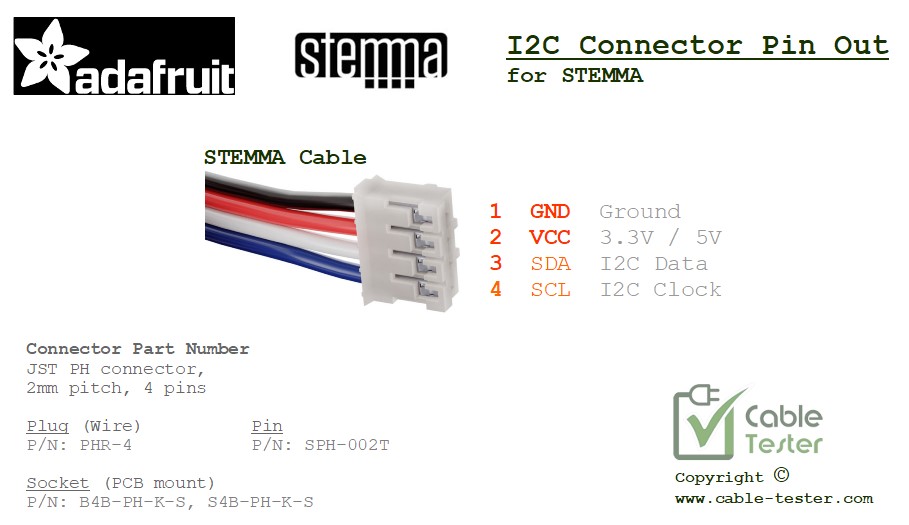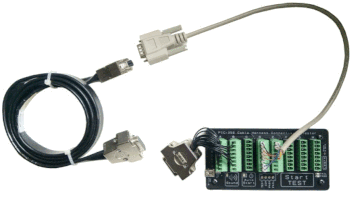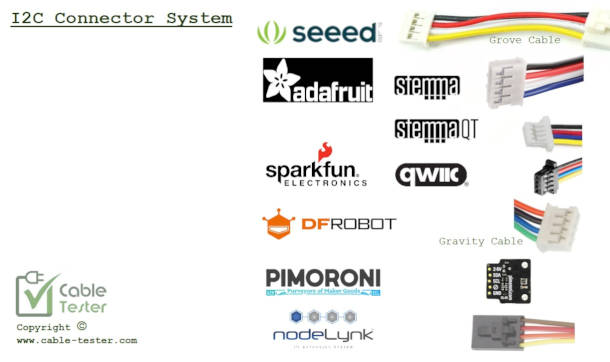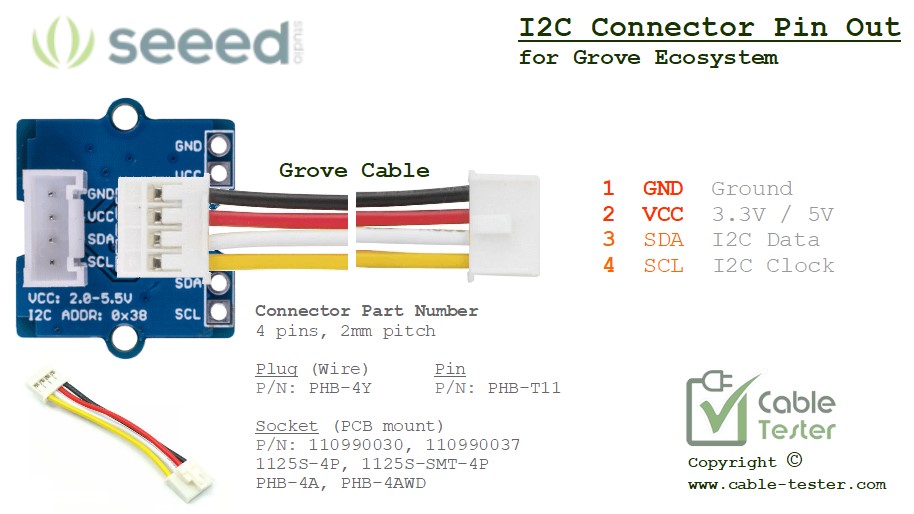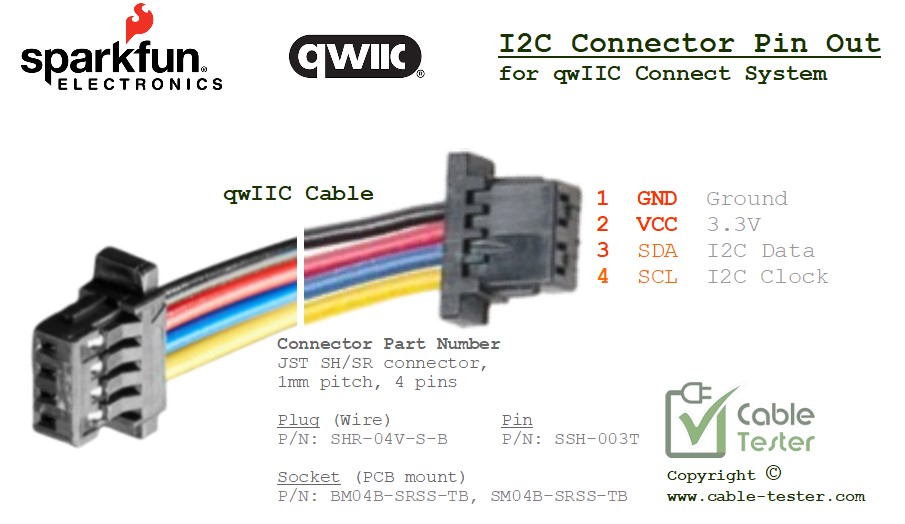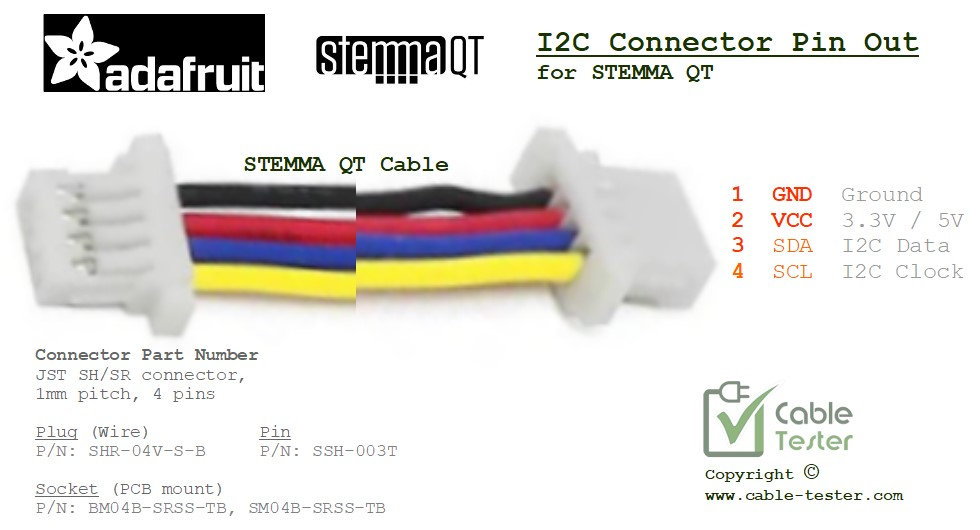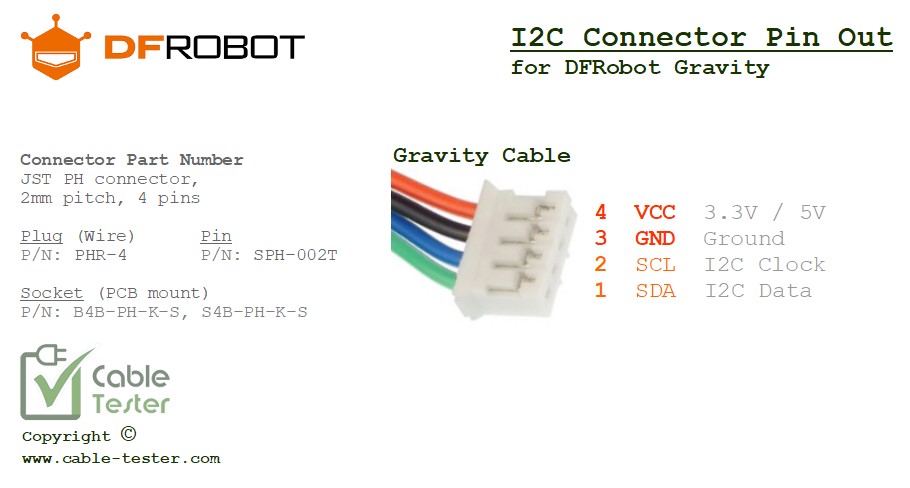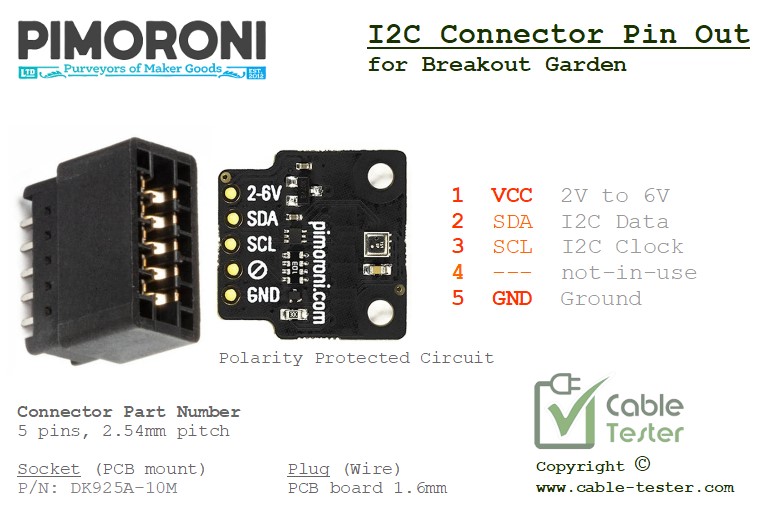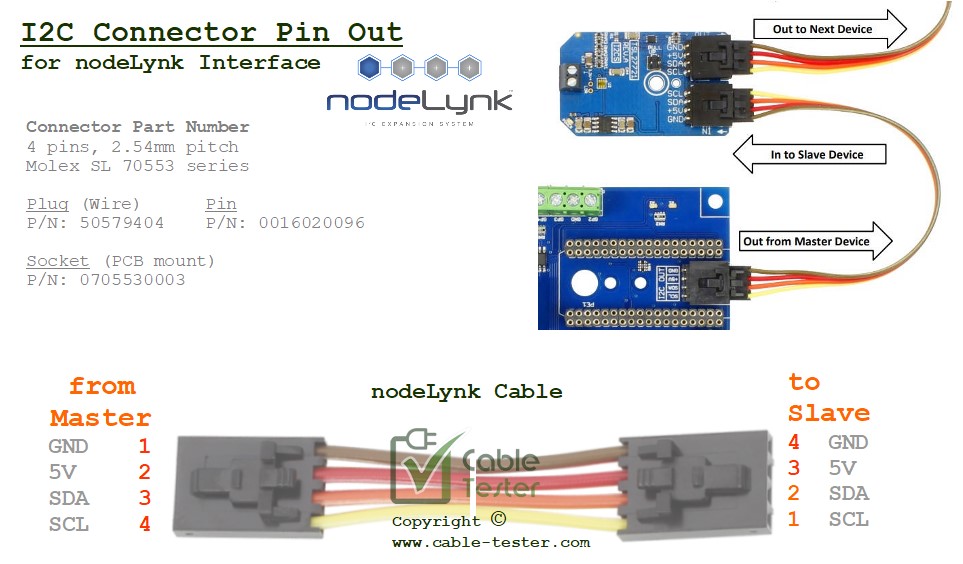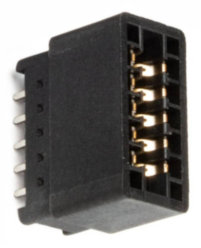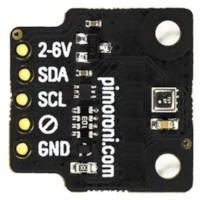STEMMA is a connector system designed to simplify connecting sensors and other devices to microcontrollers and single-board computers. Used by Adafruit, STEMMA aims to streamline the process of prototyping and building electronics projects.
Do take note that STEMMA is a different connector to STEMMA QT. The pin out is similar but the connector is much smaller for STEMMA QT, suitable for smaller sensor circuit board.
The I2C cable connector from STEMMA (Adafruit) is compatible to Grove (Seeed Studio). Their connector and the pin out are the same.
STEMMA I2C connector details
STEMMA I2C inter-connection system uses PH series from JST. JST specialises in connector product. The following is the datasheet and drawing for the JST PH series connectors use.
Cable Plug
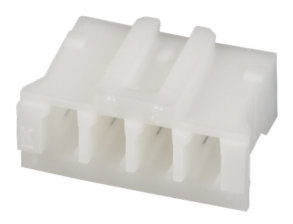
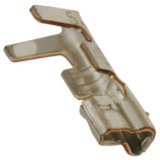
Housing part number: PHR-4
– Available from Digikey: 455-1164-ND
Crimp Pin part number: SPH-002T
– Available from Digikey: 455-1127
Board Socket
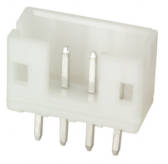
– Socket part number: B4B-PH-K-S (Available from Digikey: 455-1706-ND)
– Socket part number: S4B-PH-K-S (Available from Digikey: 455-1721-ND)
Tools Accessories
- Tool hand crimper 28-30AWG side, part number WC-240 (Available from Digikey: 455-1128-ND)
- TOOL EXTRACTION PH SERIES CONTAC, part number EJ-PH (Available from Digikey: 455-EJ-PH-ND)
Check out our best seller general purpose Cable Tester tool.
Other I2C Connector Standard.
You may also be interested in other i2c connector standard available on the market. Click here.

